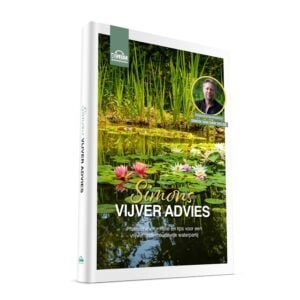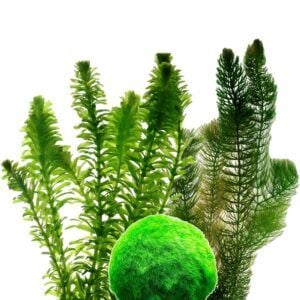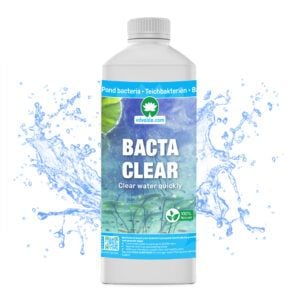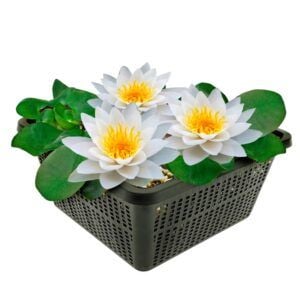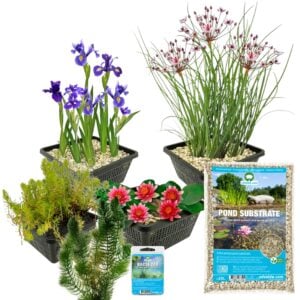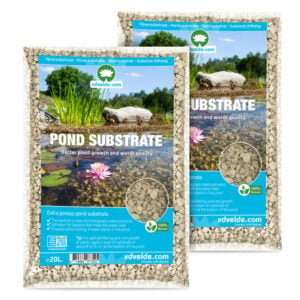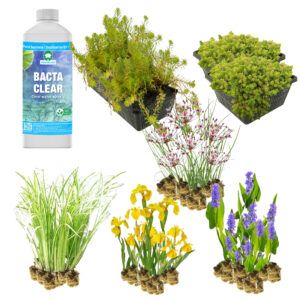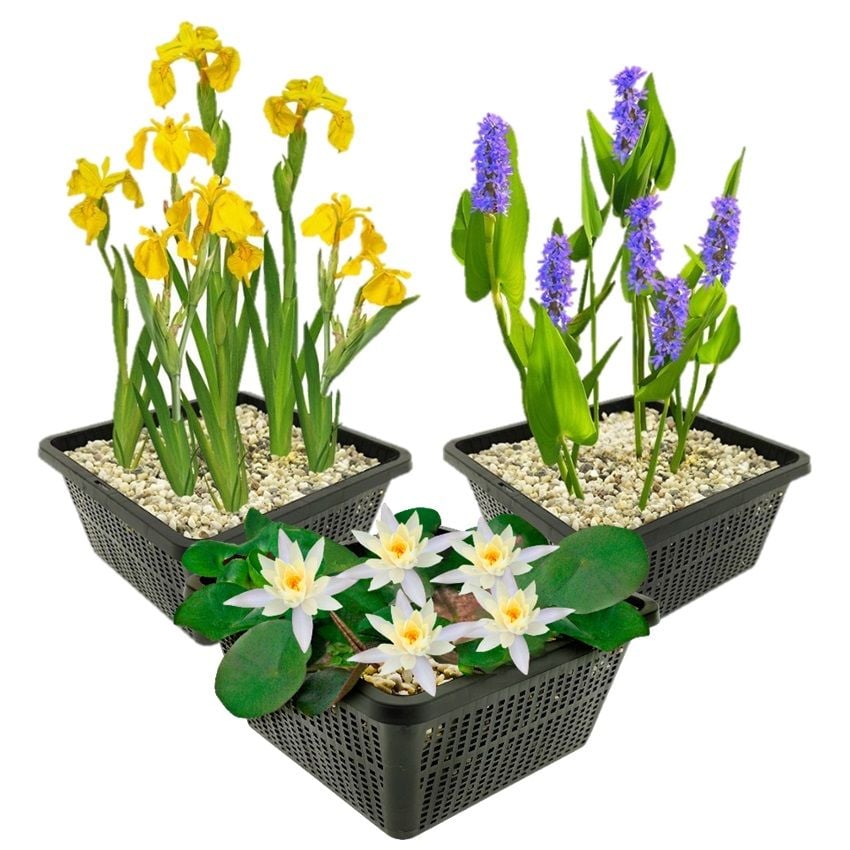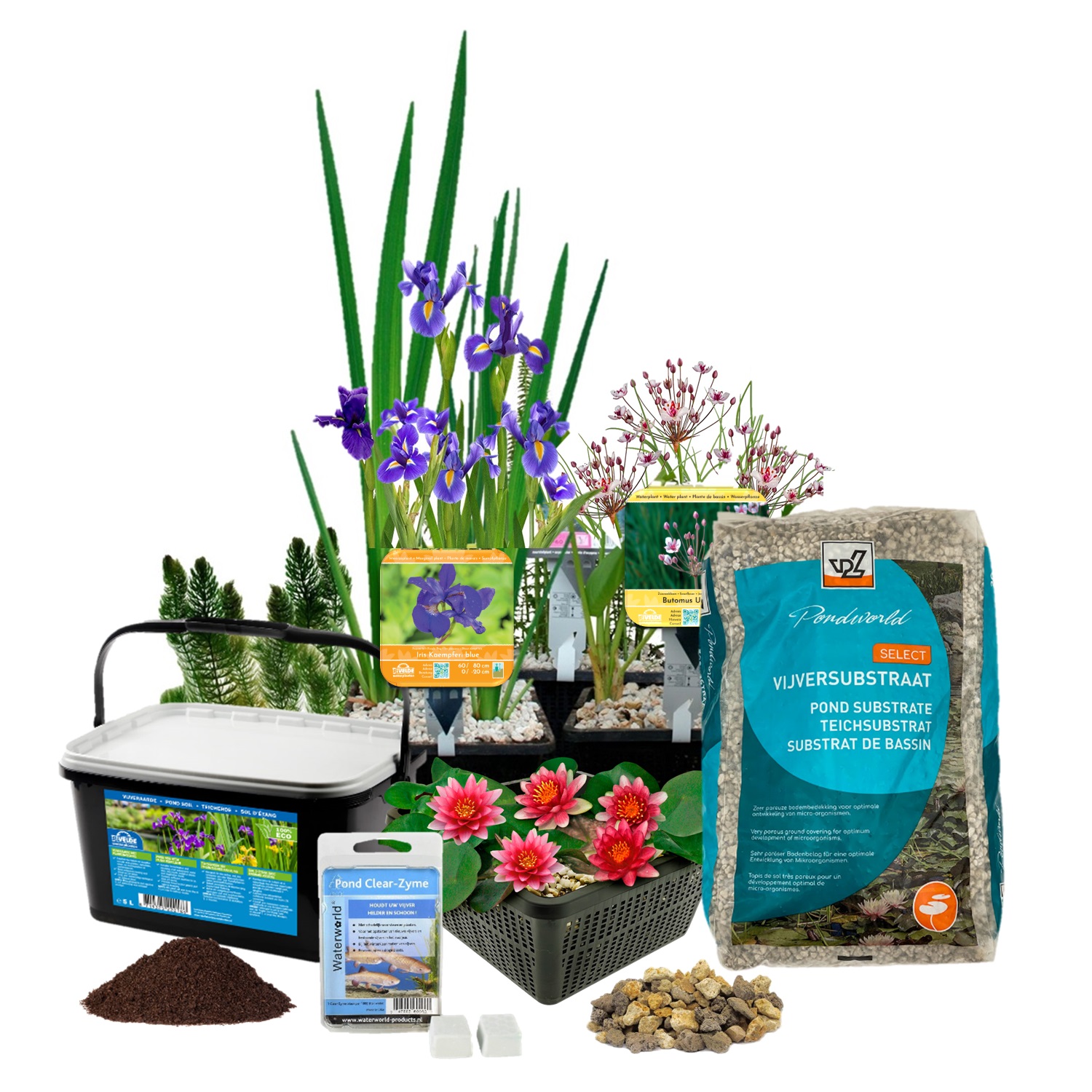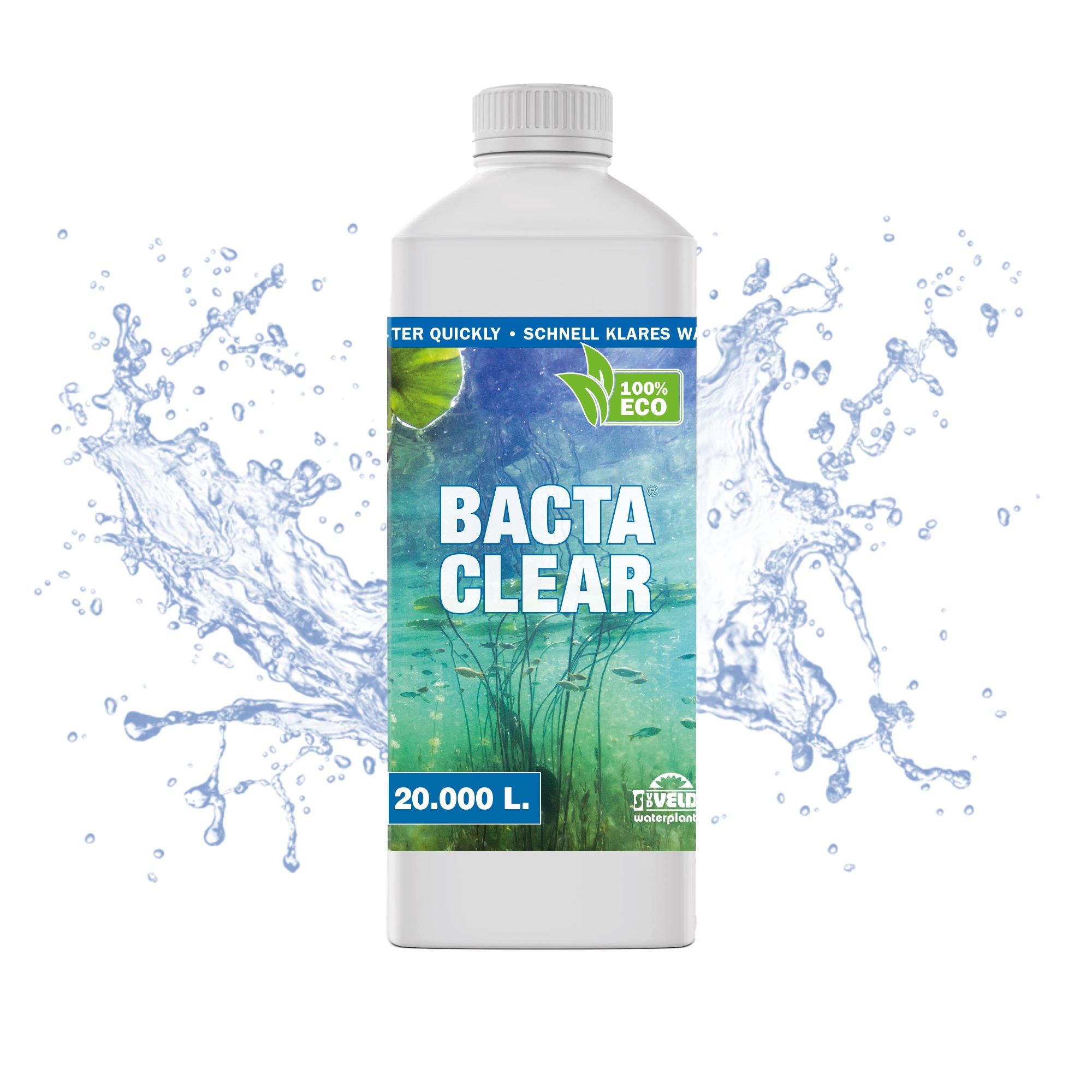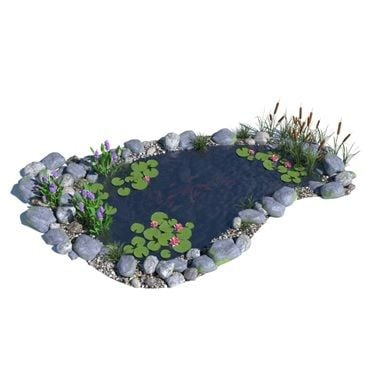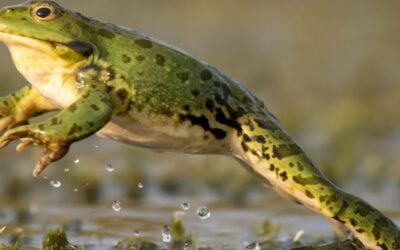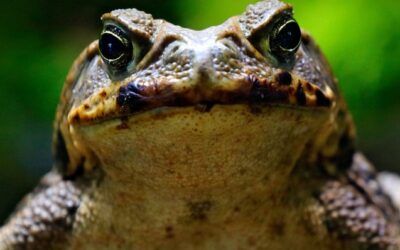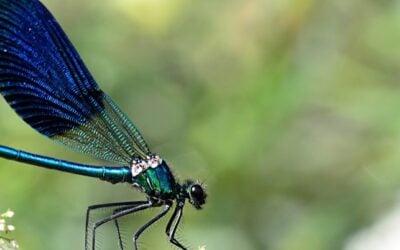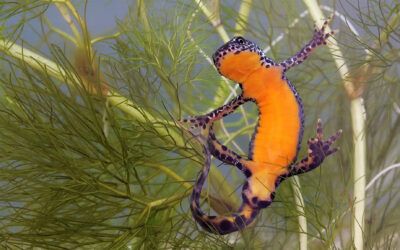
I hope you enjoy reading this blog.
Turtles, Testudines: Reptiles with a large external shell
Turtles, Testudines, exist in many different species but are easily distinguished from other reptiles.
All about turtles
Turtles are fascinating animals belonging to the order Chelonia. They exist in a variety of species and live in various habitats ranging from tropical and subtropical regions to temperate climates. Some species live in fresh water, such as ponds and lakes, while others live in salt water. Turtles are known for their protective shell, which consists of two parts: the upper part is called the carapace, and the lower part is called the plastron. This shell provides protection from predators and also serves as support for their bodies.
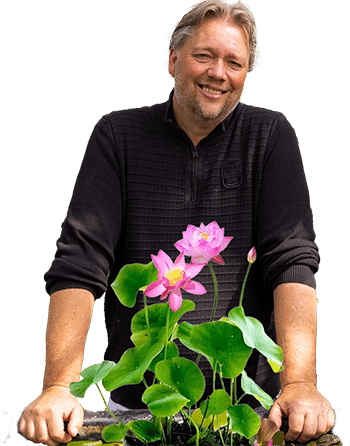
Tips, advice and substantial savings
The ideal pond for the turtle in the Netherlands
The ideal design for a pond providing housing for turtles consists of a shallow, stagnant pond with clear water and a wealth of aquatic plants, including riparian and oxygen plants. The depth should range up to 120 cm at most, and an area between 5 and 10 square meters is recommended. A gradual slope of the pond is essential so that turtles can enter and exit the water without difficulty. For the pond ecosystem, it is important to enrich it with various hiding places, such as floating material, plants and stones. However, adding pond fish is not recommended, as they could potentially eat the turtles' eggs and young. Since turtles like to nibble on aquatic plants, it may be helpful to opt for a raised plant filter. This way, the turtles will not have a chance to eat the plants, allowing both the plants and the turtles to flourish in this balanced ecosystem. By ensuring these optimal living conditions, turtles can reproduce and thrive in a pond environment that is both visually appealing and ecologically sound.
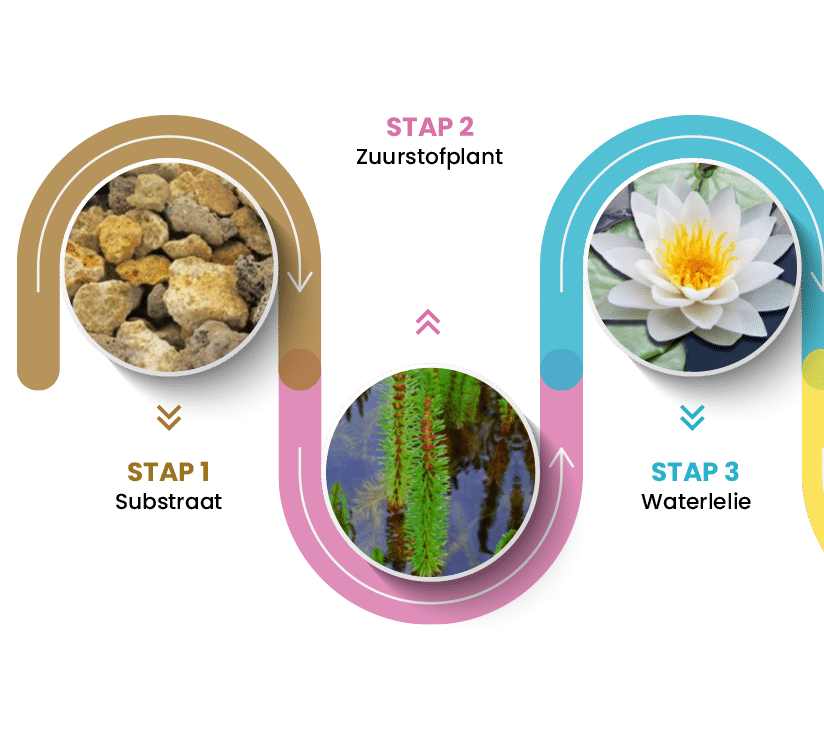
Want a naturally clear pond?
A beautiful pond is easier than you think.
How do turtles overwinter in the pond?
The way turtles hibernate depends on the species and the specific conditions of their habitat. In general, some species of aquatic turtles in temperate climates undergo hibernation (or brumation, as it is often called in reptiles). Before the cold months arrive, turtles will reduce their appetite and eventually stop eating. This helps the digestive system to empty completely, which is crucial for safe hibernation. Many aquatic turtles burrow into the muddy bottom of their pond or crawl into burrows underwater to hibernate. It is important that the pond be deep enough so that it does not freeze completely, which could kill the turtles. The minimum depth can vary depending on the local climate, but is often around 50 to 60 cm or more. During hibernation, turtles still need oxygen, but to a much lesser extent. They take in oxygen through their skin and sometimes through the mouth and cloaca, directly from the water. This means that the water must be sufficiently oxygenated to support the animals during the winter months. The water temperature should remain consistently low but ideally not freeze. A temperature of about 4-10 degrees Celsius is often considered suitable for the brumation of many species of aquatic turtles. It is recommended that the pond be provided with adequate shelter and protection from potential predators that may be active during the winter. Once temperatures rise and spring arrives, turtles come out of hibernation. It is crucial to monitor their health status and gradually reintroduce them to food.
Why is it better not to touch a turtle?
It is strongly discouraged to touch or pick up a turtle because some species, such as the biting turtle, are capable of biting quite hard. So not only is it better for your own safety to avoid direct contact, but it is also more respectful to the animal.
How can you determine the age of a turtle and how old do they get?
Aquatic turtles can live as long as 30 to 40 years. On a turtle's shell are diamond-shaped patterns that show growth rings. These notches are created during the turtle's winter rest. In turtles in the wild, it is reliable to count these rings, much like counting the rings of a tree.
Can a turtle live alone?
Yes, a turtle can live alone just fine and does not necessarily need a mate. In fact, multiple males in the same space without females present often get conflicts and can injure each other. In such cases, separation is necessary.
What are the daily activities of a water turtle?
If you are adding a turtle to your pond, first make sure you have a well-designed pond environment. Turtles are active animals that contribute to a healthy ecosystem. They spend their day swimming, sunbathing and exploring hiding places such as aquatic plants. It is crucial that the pond be spacious enough and provide several hiding places to prevent turtle stress. In addition, different turtle species have specific needs in terms of size and diet. Make sure you are knowledgeable about the needs of your specific turtle species and provide proper care and nutrition to keep the animal healthy and happy.
The different types of turtles
Turtles come in many different shapes and sizes, and they inhabit various habitats ranging from deserts and forests to rivers and oceans. Here are some common categories and species:
Freshwater Turtles
- Red-cheeked turtle (Trachemys scripta elegans)
- Yellow-bellied turtle (Trachemys scripta scripta)
- European terrapin (Emys orbicularis)
- Musk turtle (Sternotherus odoratus)
Land Turtles
- Greek land tortoise (Testudo graeca)
- Russian land tortoise (Testudo horsfieldii)
- Sulcata or African Spurred Tortoise (Centrochelys sulcata)
- Indian star tortoise (Geochelone elegans
Sea Turtles
- Hawksbill sea turtle (Eretmochelys imbricata)
- Loggerhead turtle (Caretta caretta)
- Green sea turtle (Chelonia mydas)
- Leatherback turtle (Dermochelys coriacea)
Special species
- Alligator snapping turtle (Macrochelys temminckii)
- Snapping turtle (Chelydra serpentina)
- Diamondback turtle (Malaclemys terrapin)
This is only a brief overview; there are hundreds of species of turtles, each with their own unique characteristics, habitats and care needs. If you are considering taking a turtle as a pet or if you encounter one in the wild, it is important to be well-informed about the specific needs and behaviors of that species.
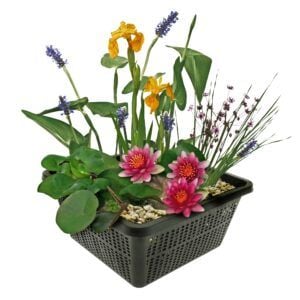

Simon van der Velde
Pond specialist and aquatic plant grower since 1986
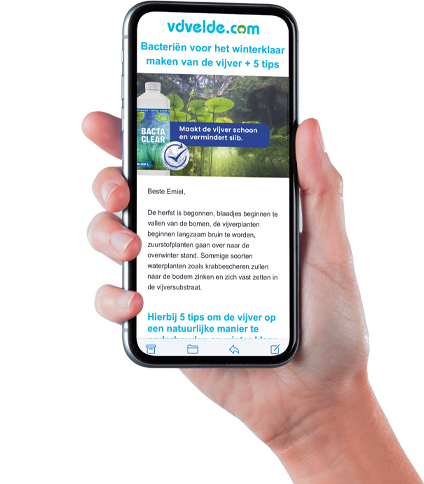
Want to receive the best pond tips all year long, complete with exclusive promotions?
Simons Pond Advice Book
- Choose your language of the book
- Complete pond handbook
- 100+ pages from construction to maintenance
Loose Oxygen Plants Set
- For 500 - 1,000 liters of water
- 16 plants
- Placement: loose in the water
BACTA CLEAR
- For 1,000 to 20,000 L
- 100% eco: clear water fast
- Safe for humans, plants & animals
White Water Lily - Nymphaea Albatross
- Large water lily
- Full-grown height: 10 cm
- Placement: -10 to -100 cm
Complete Pond Package - S - Red
- For 100 - 500 L
- 4 groups of aquatic plants
- Placement: -1 to -100 cm
POND SUBSTRATE Pond substrate - 40 liters
- 40 L covers 1 m² ↥ 10 cm
- Heavy duty quality for the best filtration
- Extra porous: optimal plant growth
Mini Water Lily - Red - Nymphaea Pygmaea Rubra
- Small water lily
- Full-grown height: 5 cm
- Placement: -10 to -40 cm
Complete Pond Package - M - White
- For 500 - 1,500 L
- 4 groups of aquatic plants
- Placement: -1 to -100 cm
Complete Plant Filter Pond Package - M
- For 3 - 4 m²
- 84 plants
- Placement: -1 to -20 cm


